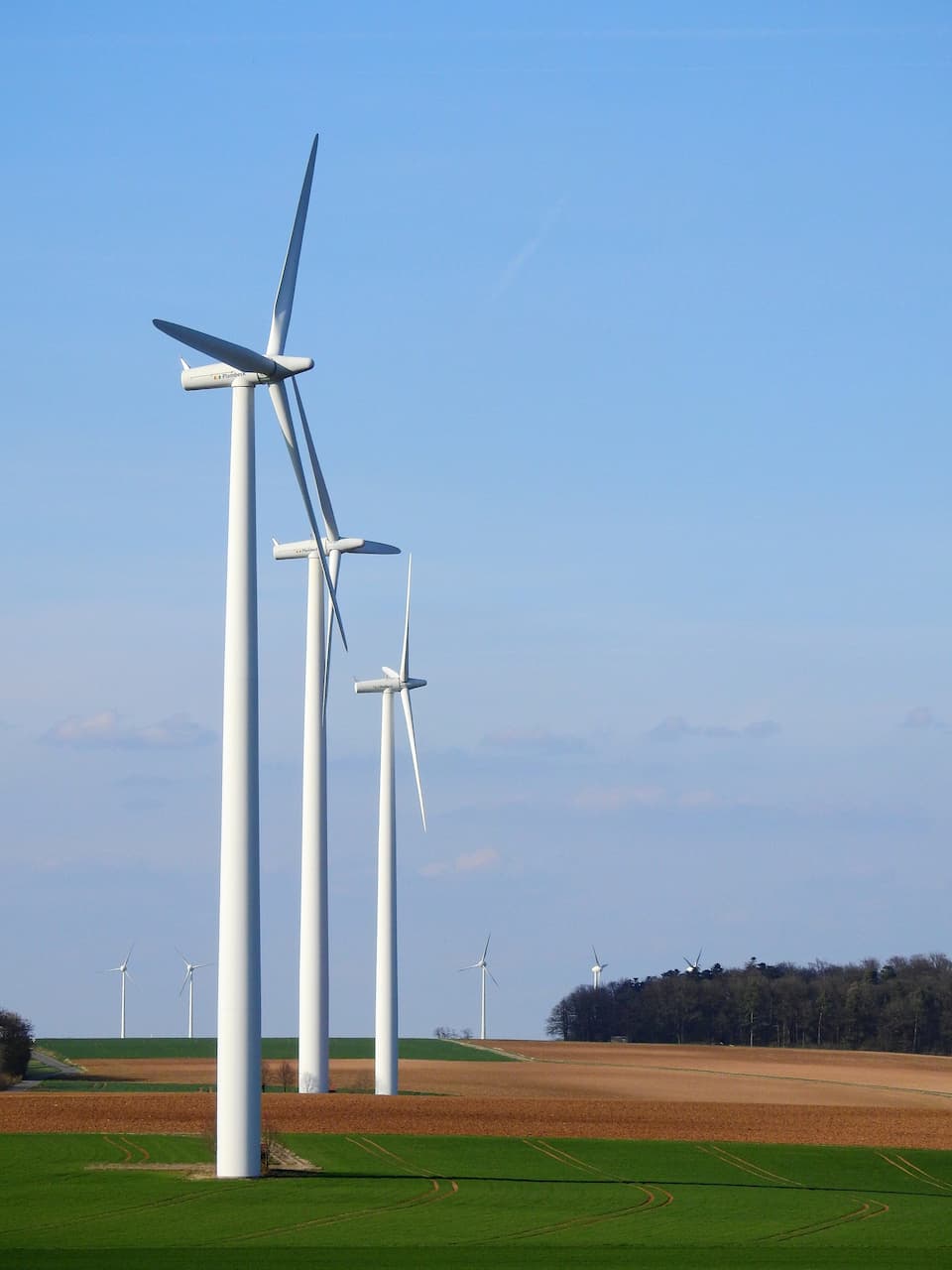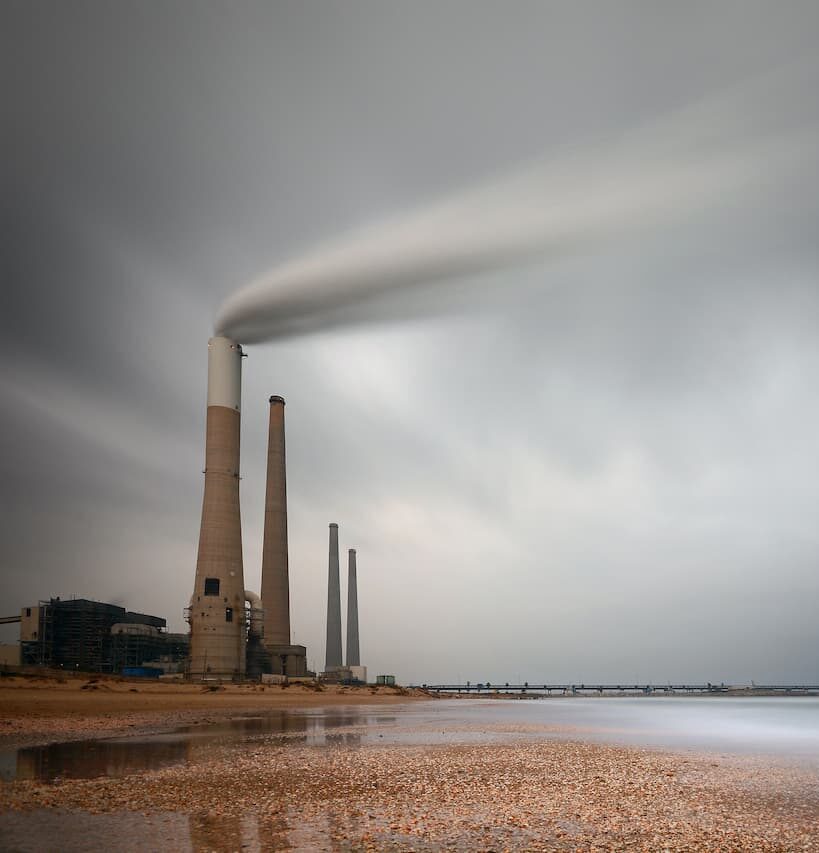The United Kingdom has long been at the forefront of innovation in the energy sector. From the Industrial Revolution to the latest advances in renewable energy, the UK has been a global leader in the quest for sustainable power. This blog post will explore the evolution and future of British power stations, delving into the challenges faced and the steps being taken to ensure energy security for generations to come.
A Brief History of UK Power Stations
The story of UK power stations is one of constant change, adaptation, and innovation. Throughout the years, the country has relied on a diverse range of energy sources, including:
- Coal: As the backbone of the Industrial Revolution, coal-powered stations once dominated the UK energy landscape.
- Oil: In the mid-20th century, oil-fired power stations were introduced, offering a more flexible and efficient alternative to coal.
- Nuclear: In the 1950s, the UK became a pioneer in nuclear energy, with the opening of Calder Hall – the world’s first commercial nuclear power station.
- Natural Gas: The 1990s saw the rise of natural gas as a key energy source, as the UK tapped into its vast North Sea reserves.
- Renewable Energy: The 21st century has ushered in a new era of sustainable energy, with solar, wind, and tidal power playing an increasingly important role in the UK’s energy mix.
The Challenges Facing UK Power Stations
The UK energy sector faces a number of significant challenges, including:
- Decarbonisation: The UK government has set ambitious targets for reducing greenhouse gas emissions, requiring a rapid transition away from fossil fuels.
- Energy Security: As the country moves towards renewable energy sources, ensuring a stable and secure supply of electricity becomes increasingly important.
- Aging Infrastructure: Many of the UK’s power stations are reaching the end of their operational life, necessitating investment in new facilities and upgrades to existing ones.
- Economic Viability: In an increasingly competitive global market, the UK must balance the need for affordable energy with the drive for sustainability and innovation.
The Future of British Power Stations: Embracing Renewable Energy
In response to these challenges, the UK has made significant strides towards a more sustainable energy future. Some key developments include:
Offshore Wind Power
The UK is now a global leader in offshore wind energy, with numerous large-scale projects in operation or under development. These include:
- The Hornsea Project: Currently the world’s largest offshore wind farm, Hornsea has the capacity to power over one million homes.
- Dogger Bank Wind Farm: Set to become the world’s largest offshore wind farm upon completion, Dogger Bank will provide enough energy to power 4.5 million homes.
Solar Energy
Solar power has seen rapid growth in the UK, with the number of solar installations more than doubling in recent years. Innovations in solar panel technology and improvements in energy storage systems have made solar power an increasingly viable option for homes and businesses alike.
Tidal Power
The UK is uniquely positioned to harness the power of the tides, thanks to its extensive coastline and strong tidal currents. Projects such as the Swansea Bay Tidal Lagoon and the MeyGen Tidal Energy Project demonstrate the potential for tidal power to play a significant role in the UK’s future energy mix.
Energy Storage and Grid Innovations
As the UK shifts towards renewable energy sources, the development of energy storage solutions and smart grid technology will become increasingly important. These innovations will help to address the intermittency of renewable energy sources and ensure a stable, secure supply of electricity. Some notable advancements in this area include:
- Battery Storage: Large-scale battery storage systems, such as the Hornsdale Power Reserve in South Australia, have demonstrated the potential for batteries to store excess renewable energy and release it when demand is high. The UK has already begun investing in similar projects, with more expected in the coming years.
- Pumped Hydro Storage: This technology uses excess electricity to pump water uphill into reservoirs, which can then be released through turbines to generate power when needed. The UK currently has several operational pumped hydro storage facilities, with more planned for the future.
- Smart Grids: These modern electricity networks are designed to intelligently manage the flow of energy between producers, consumers, and storage systems. By using real-time data and advanced control systems, smart grids can optimize the use of renewable energy and improve overall grid efficiency.
Nuclear Power: A Controversial Yet Essential Component
While the UK is investing heavily in renewable energy, there is a growing consensus that nuclear power will continue to play a critical role in the country’s energy mix. Nuclear power provides a stable, low-carbon energy source that can complement the intermittent nature of renewables. However, the high cost of constructing new nuclear facilities and concerns about waste disposal remain key challenges for the industry. The UK government is currently exploring the potential of Small Modular Reactors (SMRs) as a more cost-effective and flexible alternative to traditional large-scale nuclear power plants.
The Role of Government and Industry Collaboration
Collaboration between the government and the energy industry is crucial in ensuring the successful transition to a low-carbon future. Key areas of focus include:
- Policy and Regulation: The UK government has implemented various policies and regulations to support the growth of renewable energy, such as the Contracts for Difference (CfD) scheme, which provides financial incentives for the development of renewable energy projects. It is essential that policymakers continue to work closely with the industry to create a supportive environment for innovation and investment.
- Research and Development: Public and private sectors must join forces to drive innovation in renewable energy technologies. Government-funded initiatives, such as the Faraday Institution for battery research, demonstrate the potential for collaborative R&D efforts to propel the UK’s energy sector forward.
- Education and Training: As the UK moves towards a greener energy future, it is crucial to develop a skilled workforce capable of designing, building, and maintaining the next generation of power stations. Universities, technical colleges, and industry partners must work together to develop curricula and training programs that prepare the workforce for the energy transition.
The Importance of Community Engagement and Public Acceptance
Public support and acceptance are critical to the success of the UK’s energy transition. This can be achieved by:
- Transparency and Communication: Ensuring that communities are well-informed about the benefits and potential impacts of new power projects, as well as giving them the opportunity to engage in the decision-making process.
- Local Benefits: Ensuring that local communities see tangible benefits from new power projects, such as job creation, investment in local infrastructure, and opportunities for community-owned renewable energy schemes.
- Environmental Stewardship: Demonstrating a commitment to minimizing the environmental impact of new power stations and taking proactive measures to protect local ecosystems and biodiversity.
Embracing the Digital Revolution in the Energy Sector
The digital revolution is transforming the way we produce, consume, and manage energy. The UK must leverage cutting-edge digital technologies to optimize its energy infrastructure and maximize the potential of renewable sources. Some promising areas of innovation include:
- Internet of Things (IoT): IoT devices can provide real-time data on energy consumption and generation, enabling smarter energy management and more efficient grid operation.
- Artificial Intelligence (AI) and Machine Learning: These technologies can be used to analyze vast amounts of data, identify patterns, and make predictions, helping to optimize the performance of renewable energy systems and improve grid management.
- Blockchain: This distributed ledger technology can enable secure, transparent, and efficient energy trading, allowing consumers to buy and sell excess renewable energy directly with one another.
Diversification of Energy Sources
In order to maintain energy security and meet the demands of a growing population, the UK must continue to diversify its energy mix. This includes exploring alternative sources of energy that can complement existing renewable and nuclear options:
- Hydrogen: Hydrogen has the potential to become a key player in the UK’s energy future. It can be produced using renewable energy, stored and transported easily, and used to generate electricity with zero emissions. The UK government has already launched its Hydrogen Strategy, which aims to establish a thriving low-carbon hydrogen sector by 2030.
- Biomass: Biomass, derived from organic materials such as wood, crops, and waste, can be used to generate electricity, heat, and transportation fuels. The UK has several biomass power plants in operation, but there is potential to further develop this sector through sustainable sourcing and innovative conversion technologies.
- Geothermal Energy: While the UK’s geothermal potential is relatively limited compared to countries with volcanic activity, it could still play a role in the nation’s energy mix. Deep geothermal projects, such as the United Downs Deep Geothermal Power project in Cornwall, demonstrate the possibilities for harnessing the Earth’s heat to generate clean, baseload power.
The Role of Energy Efficiency
As the UK works to develop a more sustainable energy future, it is essential not to overlook the importance of energy efficiency. Reducing overall energy demand by improving the efficiency of buildings, appliances, and transportation systems can significantly contribute to the nation’s decarbonisation goals. Key areas of focus should include:
- Building Regulations: The UK government must continue to update building regulations to promote energy efficiency and the use of sustainable materials in both new construction and retrofit projects.
- Appliance Standards: Implementing and enforcing energy efficiency standards for household appliances can lead to significant reductions in energy consumption, as well as cost savings for consumers.
- Transportation: Encouraging the adoption of electric vehicles and improving public transportation infrastructure can help to reduce the UK’s reliance on fossil fuels and decrease overall energy demand.
International Cooperation and Knowledge Sharing
As countries around the world face similar challenges in transitioning to a low-carbon energy future, international cooperation and knowledge sharing become increasingly important. The UK can leverage its expertise in renewable energy, nuclear power, and energy storage to collaborate with other nations, sharing best practices and technologies, and participating in joint research projects. By working together, countries can accelerate the global transition to a more sustainable and secure energy future.
A Holistic Approach to Energy Transition
The journey towards a sustainable energy future for the UK is a complex and multifaceted one. It requires not only the development and adoption of new technologies but also a shift in societal attitudes and behaviours. By taking a holistic approach that considers energy production, consumption, and management, as well as the need for international collaboration, the UK can build a resilient and dynamic energy system that serves as a model for other countries around the world. As the story of British power stations continues to evolve, it is clear that the nation is well on its way to achieving a cleaner, greener, and more secure energy future.








